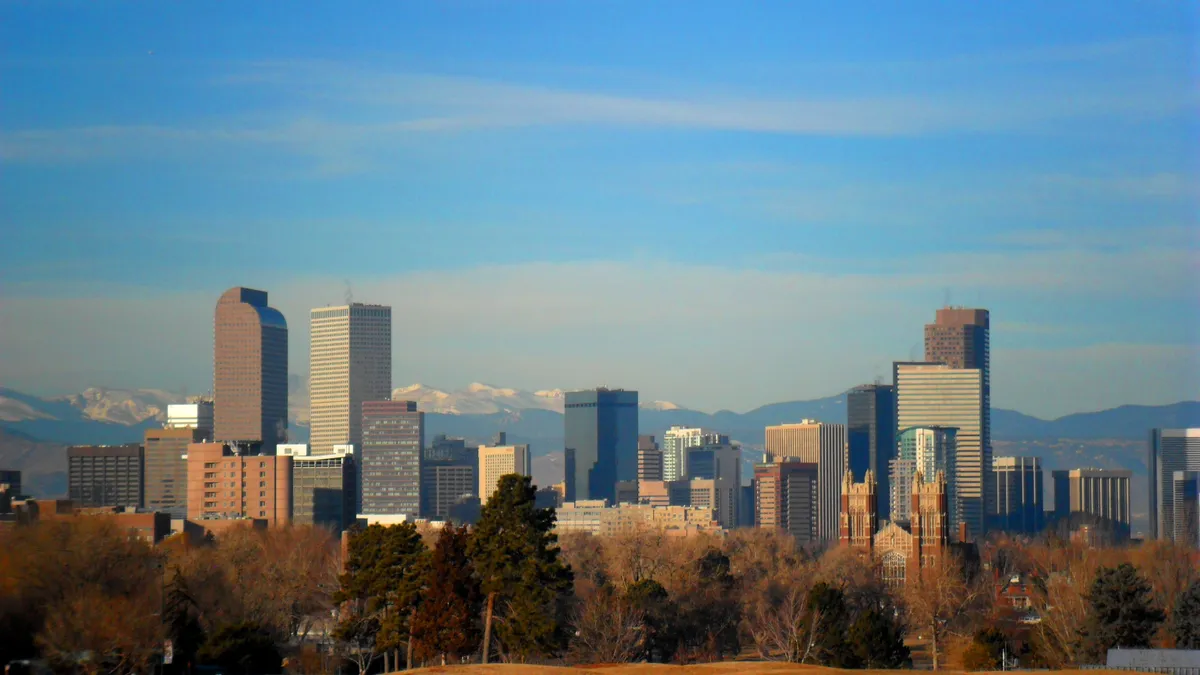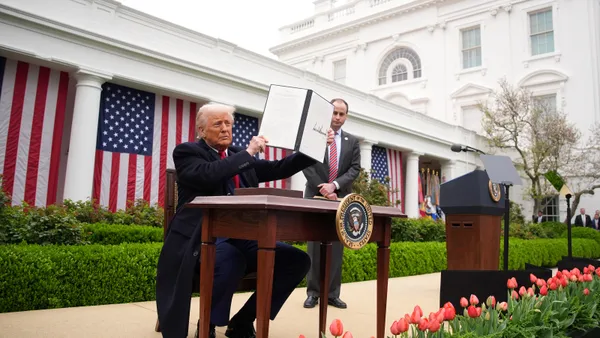Dive Brief:
-
A multi-neighborhood area on Denver’s northeast side topped zip codes in the country’s 50-largest cities for its mix of household growth, home price gains and housing inventory relative to demand, according to a ranking of the most active low-density urban and suburban districts from listings website Realtor.com.
-
Northeast/Montbello, CO, which is located in the city of Denver, was followed by Wylie/St. Paul, TX (Dallas), Dublin/Dougherty, CA (San Francisco), Daffan/Hornsby, TX (Austin), and Orient Park/Palm River-Clair Mel/Progress Village, FL (Tampa), to round out the top five spots.
- All cities on the list are located outside of thriving urban cores and have experienced more than double the household growth in the last seven years as compared to that of other urban and suburban neighborhoods, based on data from Realtor.com and Nielsen.
Dive Insight:
While millennials are indeed drawn to urban centers that promise strong job prospects and amenities like shorter commutes and walkability to key resources, the suburbs will remain a sure bet for the long-haul.
In December, a report from the Urban Land Institute’s Terwilliger Center for Housing noted that the suburbs of the country’s 50-largest metros accounted for 79% of each area’s population but 91% of its population growth and 84% of its household growth from 2000 to 2015.
Additionally, three-quarters of residents ages 25 to 35 called the suburbs home, according to the ULI report, while the same share of the minority population lived there.
A March 2016 report from the National Association of Realtors noted that the number of millennials buying a home in an urban area dropped from 21% in 2015 to 17% last year. Similarly, The New York Times, citing research from the University of Southern California, reported last month that major cities are now seeing older millennials head to the suburbs after the influx of this group peaked in 2015.
Denver is one of the most active housing markets today. The district called out by Realtor.com was particularly affected by the foreclosure crisis, with prices there still low enough to draw newcomers — $275,000 for a median-priced home compared to $519,000 for the city at-large, according to The Denver Post.
The latest figures from the S&P Core Logic Case-Shiller U.S. National Home Price Index put home-price increases in Denver among the largest nationwide in November at 8.7%. Denver was included on Zillow’s list of the 10-hottest housing markets for 2017.
For more housing news, sign up for our daily residential construction newsletter.














